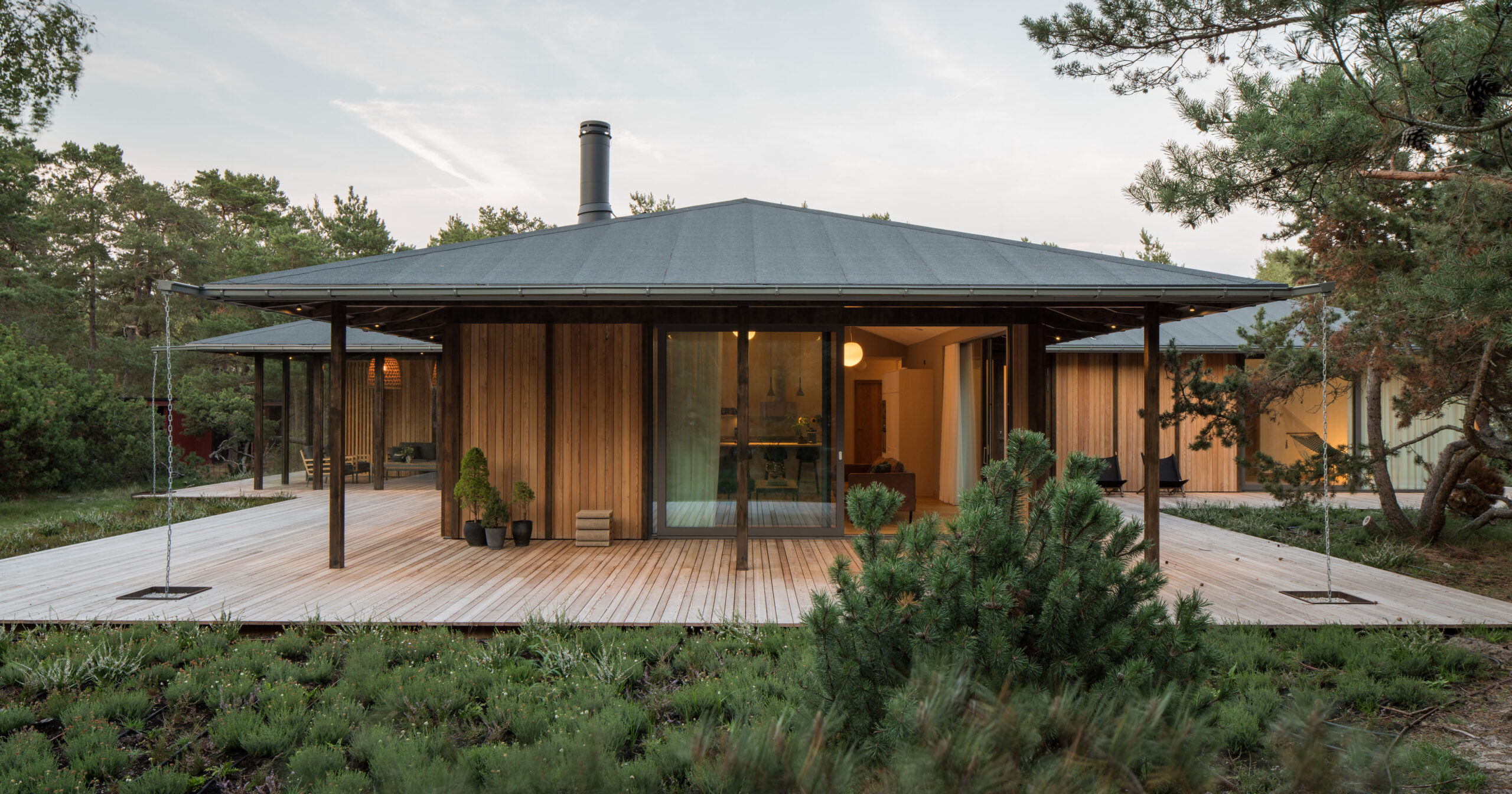Five ways that architecture education needs to change


In order to save architecture the prevailing approach to architecture education must be allowed to die, writes Harriet Harriss as part of our Performance Review series.
It's a familiar refrain that architecture school doesn't prepare students for real life, but the truth may be more damning: it prepares them perfectly – for overwork, self-erasure, and the slow violence of a profession built on extraction.
We have mistaken harm for rigour, and endurance for excellence. Our schools train students to survive dysfunction rather than transform it. Instead of cultivating reciprocity, collaboration and care, they reinforce outdated modes of production with remarkable efficiency.
And yet, as the planet unravels, the question of what architectural education is actually for has never been more urgent. If the discipline hopes to survive, its pedagogies must undergo a form of death – not collapse, but compost – so that something better can come to life.
Here are five actions every architecture school can take:
1) Make care, rest and reciprocity studio norms
Many educators, themselves overworked, sanctify the student all-nighter as proof of devotion. These habits persist because they mirror the profession itself: long hours, unpaid labour, ethical compromise. We call it "professionalism" when it's closer to pathology.
If we cultivate a culture in which students must harm themselves to be seen as excellent, how can we credibly expect our graduates to protect each other, their communities, or the planet? A pedagogy that normalises self-exploitation inevitably reproduces it outwardly – in workplaces, in planning decisions, and in the built environment. Until architecture learns to care for its own, it cannot hope to care for anything else.
But architecture could be otherwise. What if care, rest and reciprocity were studio norms rather than subversions? Teaching this way does not lower standards, it raises them – demanding ethical clarity, mutual support and ecological maturity.
2) Teach the architecture of finitude
An honest architectural education must acknowledge the full lifecycle of what we build – including its end. Every structure will degrade, require dismantling, or return its materials to other uses. Designing as though buildings are permanent is not only unrealistic; it is ecologically irresponsible.
To deny decay is to design in bad faith.
Teaching finitude means equipping students to plan for responsible deconstruction, reuse and material afterlives. It means helping them recognise impermanence as a design condition rather than a failure.
When students design with endings in mind, they also design for what might endure: the systems, practices and cultural values worth sustaining. They learn that the architect's task is not only to build, but to unbuild – ethically, imaginatively and with care. Studios become places where harmful architectural assumptions can be laid to rest, making space for regenerative practices to emerge.
3) Put pedagogy before bureaucracy
University bureaucracy did not expand by accident. Accreditation requirements, risk management and revenue protection have swollen the administrative layer until teaching now serves metrics rather than students. The numbers are undeniable: senior administrative salaries have risen far faster than inflation or faculty pay, even as classroom resources shrink.
Higher education increasingly behaves like a corporation – excellent at protecting itself, less capable of preparing graduates for the intersecting crises of housing shortages, climate breakdown and spatial inequality. For architecture, this is an existential constraint.
If bureaucracy grows in the name of compliance, then compliance must be redesigned. Course accreditation should reward what matters: climate literacy, labour justice, ecological repair and decolonial partnership. Schools should be audited not for mimicking professional norms, but for rewriting them.
This is not an argument for abolishing administration – it is a call to realign it. Redirect resources to studios, workshops and community collaborations. Measure planetary contribution, not just productivity. Reject systems that mistake paperwork for purpose.
4) Let the design jury die
Some traditions deserve a good death. Chief among them: the design jury. Framed as a rite of passage, the jury functions less as critique than as public sentencing – a performance of hierarchy that drains confidence, perpetuates bias and mistakes intimidation for rigour.
Its endurance owes more to habit than value. We should compost the jury, the punishing workloads and the cult of genius into new ground. In its place: slower studios, collaborative critique, community-engaged assessment and feedback rooted in care rather than performance.
This isn't about softening architecture. It is about sharpening it – removing rituals that harm so students can think critically, work sustainably and design with planetary responsibility. To remain relevant, architecture schools must let outdated pedagogies die with dignity.
5) Teach collective practice, not professional performativity
If architecture schools want relevance in an era of climate emergency and social fracture, they must teach collective practice, not professional performativity.
Professional life should not be a hierarchy but a mycelial network. Students must learn to collaborate across disciplines and movements – activists, ecologists, policymakers, grassroots organisers – during their education, not as an afterthought.
There is no longer a place for the myth of the architect as an individual genius. We inhabit a planet already in decline; ecological maturity demands that architects learn to recognise limits, grieve what is gone, and act with humility.
The most hopeful act architectural education can make right now is not to perform harder, but to transform entirely. If architecture is to build a liveable future with and for others, its schools must finally learn to let go of what no longer serves. Only then can something better – more just, more collective, more repair-capable – take root.
Harriet Harriss is a UK-registered architect, a professor at the Pratt Institute's School of Architecture in New York where she was dean from 2019 to 2022, a public director of AIA New York, a visiting professor at the University of Johannesburg's Graduate School of Architecture and a qualified death doula. In 2018 she was made a principal fellow of the UK's Higher Education Academy. Her multiple books include Radical Pedagogies: Architectural Education & the British Tradition (2015) and Architects After Architecture (2020).
The photo is by Max Shilov via Unsplash.

Performance Review
This article is part of Dezeen's Performance Review series interrogating the problems plaguing architecture and design, from difficult working conditions to ethical dilemmas.
The post Five ways that architecture education needs to change appeared first on Dezeen.







.jpg)
.jpg)












































